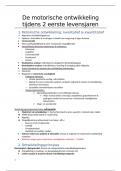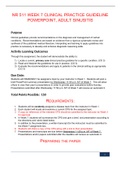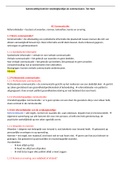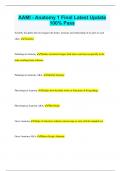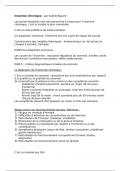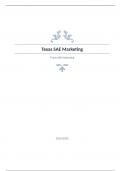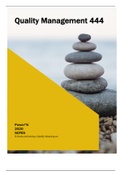Samenvatting
samenvatting motorische controle, deel De Mey, 2de bach
- Vak
- Instelling
samenvatting cursustekst+eigen notities+dias motorische controle, ontwikkeling en leren, deel 'ontwikkeling v fundamentele bewegingsvaardigheden tussen 2-6 jaar' (prof. De Mey) samenvatting is aangepast na het studeren en maken van het examen.
[Meer zien]
